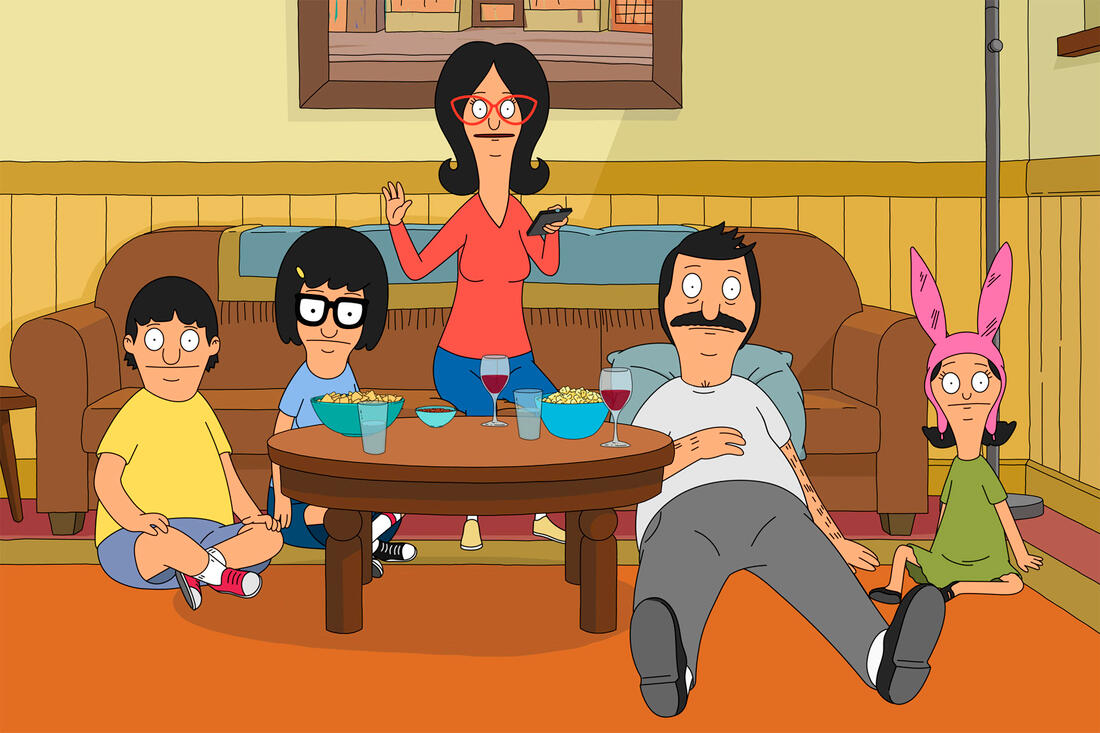|
I don't make posts like this very often, but I figured the insanity that I put myself through was worth one. After all, writing a spec script in a weekend is something I would strongly urge against. A good story takes time to craft and you're setting yourself up for failure.
So why did I do it? Absolute necessity. My life has been kind of a hectic mess lately. A lot of good, a lot of bad, and a lot of me scrambling to keep up with it all. As a result, things fall through the cracks more often than I'd care to admit. So when I realized that the deadline for the Universal Animation Writers Program was mere days away, I absolutely panicked. I don't write specs often. The only one I had ready to go was a less than stellar attempt at a What We Do In The Shadows episode that was also written out of necessity. Looking at the requirements for the fellowship, I had to write another spec. A truly terrifying prospect for me. Luckily for me, my absolute favorite animated show, Bob's Burgers was on the list. But I didn't have an idea for an episode that hadn't already been done. Scrolling through the episode list with concept after concept took up most of my first day. Nothing at all worked. I was frustrated and on the verge of giving up. So I did what I always do when I'm stressed and feeling low: I went to my office to fuck around with my Legos. I had to toy with the idea of letting this fellowship deadline pass and to try again next year. Not something I wanted to do at all. My career has yet to start and I want to be as pro-active as possible. All of these thoughts swirled in my head as I played with my little Lego Pirate diorama. It didn't even hit me until after nearly an hour that the answer to my Bob's conundrum was right in front of me. It hit me like a brick to the head. It was an idea that practically wrote itself. Who knew that Bob's and Lego could go hand in hand so well? Maybe the thousands of people petitioning for a Bob's Burgers Lego set, but that's completely beside the point. I rushed to twitter to run the concept by people I trusted. The results were clear. The idea worked. I had to write it. With only a weekend to write, I had to fall back onto all of my analytical skills and my knowledge of story structure to build a frame-work for myself to go from. That meant that I needed to spend at least half a day binging Bob's and figuring out what makes the episodes tick. And that brings me to the reason for this blog post. I created a structural guide for how a Bob's Burgers episode functions. I unashamedly love analyzing things for structure and use it constantly in my own work. Although I often break my own rules, which infuriates me endlessly, it's a great thing to fall back on when I need to wrangle my unwieldy ideas back in. So creating this guide was nothing new. While I wrote it for myself, it felt like an absolute shame to not share it. I could talk a ton more about how great my spec was and how I somehow managed to make the deadline with something I'm proud of, but I don't want to toot my own horn any further than I already have. If you want to read the script, you're more than welcome to reach out to me and request it! You can be the judge of how "killer" it is or isn't. Instead I'll just leave you with some well wishes for your writing and get into the structure of an episode of the best animated show on TV. I recommend watching an episode while you read this breakdown. The show begins! Act One Family Shenanigans bring us into the episode with context.
A-story
B-story
A-Story
ACT TWO A-Story
B-Story
C-story
A-Story
ACT THREE A-Story
B&C story
A-Story
ACT FOUR A – Story
B&C Story
A-Story
Return to stasis as a family. A reflection of the beginning.
And that's it! That's what my feverish weekend with the Belchers yielded as my own structural guide to writing an episode of Bob's Burgers. If you're reading this because you're planning on writing a spec, please don't take it as the hard-and-fast truth. This is just one guy's interpretation of a show he has nothing to do with. But if you ask me...it's pretty damn close. Hopefully this helps someone in their writing adventures! If you need me, I'll be in the office playing with Legos while I try not to explode from stress. P.S. Forgive the weird numbering. Weebly doesn't make this easy.
0 Comments
|
ArchivesCategories |

 RSS Feed
RSS Feed